It is no secret that not all cannabis genetics are well suited for solventless extraction.
We also know that pheno-hunting and experimenting with different genetics can also be a costly endeavour.
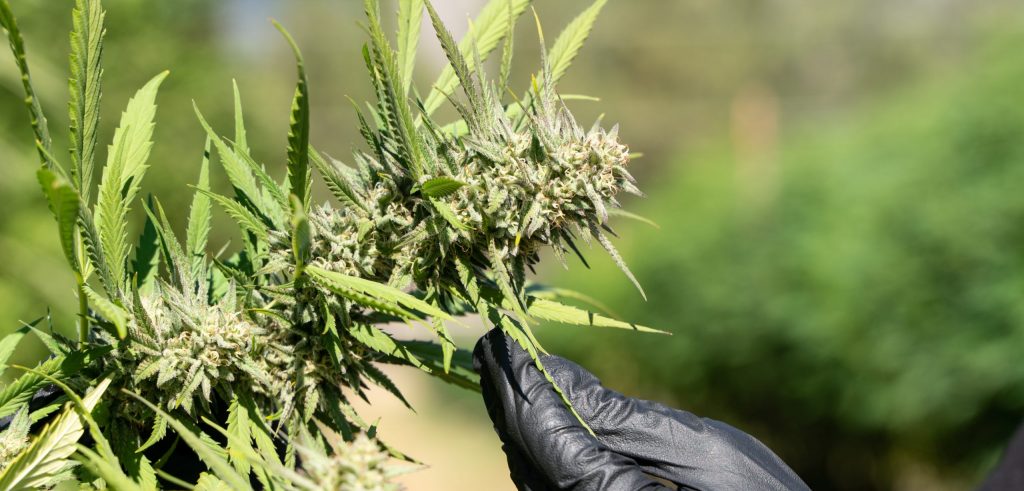
That’s why we’ve done the legwork for you. Enter our latest blog series, How to Improve Production Efficiency via Genetic Selection.
This blog series is designed to share Whistler Technologies’ iterative approach to testing different cannabis genetics at a small scale, as well as how to scale those tests strategically.
Dive into this exclusive blog series, as we outline the process we follow to select which genetics to test, for the highest chance of success.
We will explore factors that can be evaluated prior to harvest. Then, we will disclose our favourite ways of evaluating the plant’s resin prior to moving into production batches.
The Importance of Selecting the Right Cannabis Genetics
Choosing the right cannabis genetics essentially optimizes your input material. It can increase yield by three-fold or more!
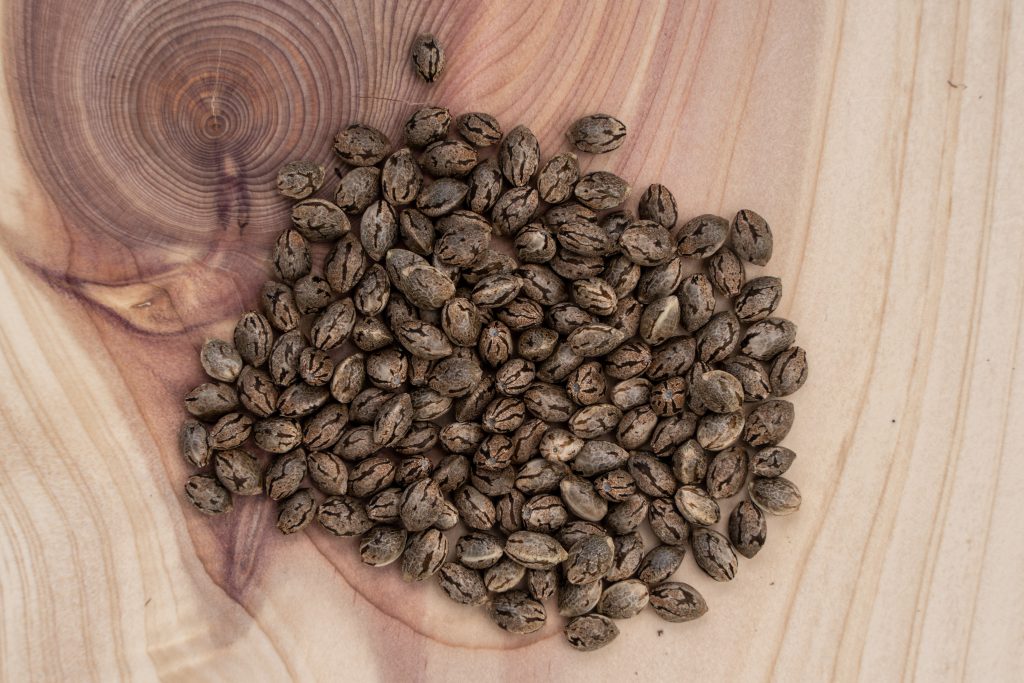
By working with optimal genetics, producers can enhance both quality and yield without changing their existing processes. This is particularly important for commercial producers aiming to standardize their production.
In contrast, using genetics that are not suited for solventless extraction can result in longer run times, lower-quality products, and a reduction in yields.
The Cannabis Genetics Gamble: Strategies for Choosing Successful Cultivars
Selecting your cannabis genetics is much like buying a lottery ticket. Each cultivar will have different odds at being a winner.
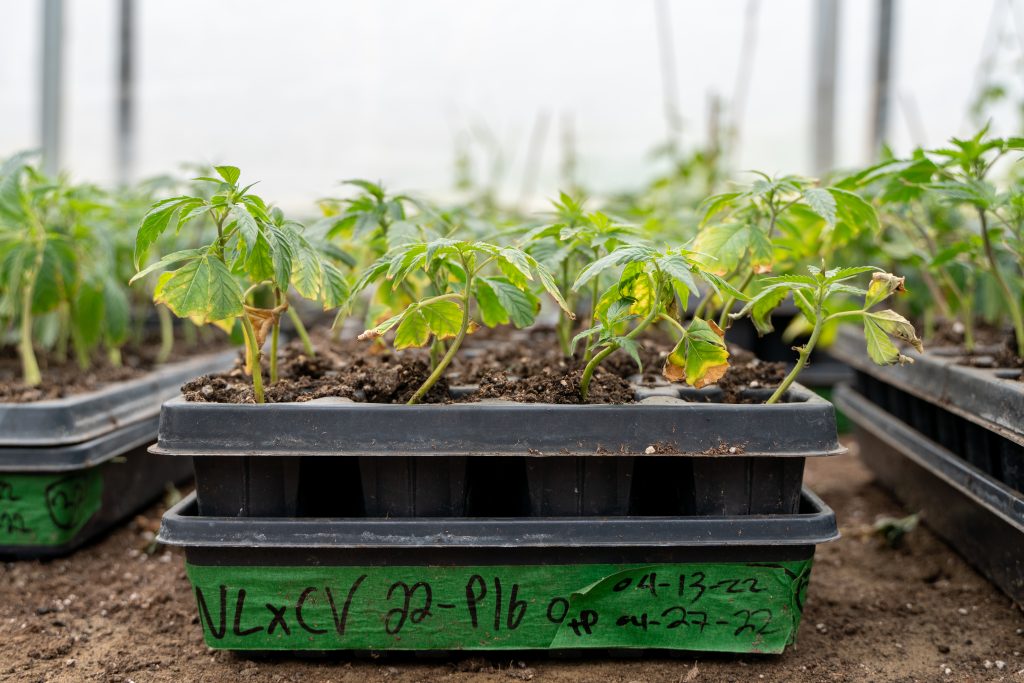
One effective strategy to increase your odds of selecting a winner is to analyze the lineage of the cultivars you’re considering. Another important strategy is to select reputable breeders known for producing solventless-specific strains.
What Defines Winning Cannabis Genetics?
A winner is defined by various characteristics.
It will be different for each producer, depending on their facility and cultivation methods. For some cultivators, a winning cannabis genetic is high yielding. For others, it could be defined by harvest timing, flavour and aroma profile, resilience to pests and mould – just to name a few.
It is important to note that different cultivation methods will produce different traits in different plants.
Just because a cultivar is performing well in an indoor, soilless medium environment does not mean it will perform well in an outdoor, organic soil environment.
Similarly, a cultivar that performs well grown outdoors on the east coast may not perform in west coast conditions, and vice versa.
Do Breeders Matter?
Absolutely!
When choosing from a list of strains to test, it is important to know the breeder and the lineage of the strain.
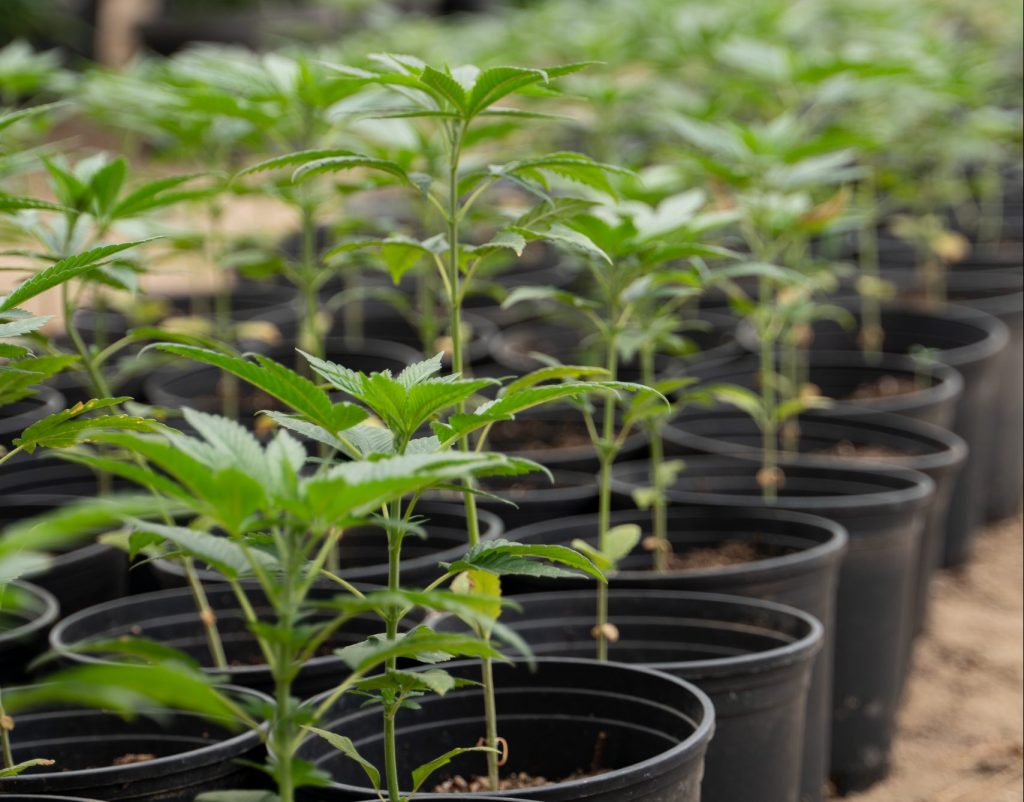
Familiarity with breeders adds increased confidence. The ability to rely on a breeder’s reputation can be a key indicator of their ability to make good selections of cannabis plants to breed from.
It also indicates their genetics show excellent stability. Additionally, it verifies the breeders are genuinely cultivating the strains they claim to use.
Further, knowing the lineage can help predict flavour profiles, yields, and quality of resin. Some examples of strains that we seek out in the lineage are:
- Strawberry Banana (DNA Genetics)
- Cookies and Cream (Exotic Genetix)
- GMO (Skunk Master Flex)
- Papaya (ONI Seed Co)
Don’t miss our blog which identifies our favourite strains for solventless extraction. Check it out here.
Choosing Your Starting Point: Seeds vs. Pre-Validated Clones for OPtimal Cultivation
Finally, it is important to decide whether your hunt is going to be from seed or, if you have the option, to purchase pre-validated clones from a nursery.
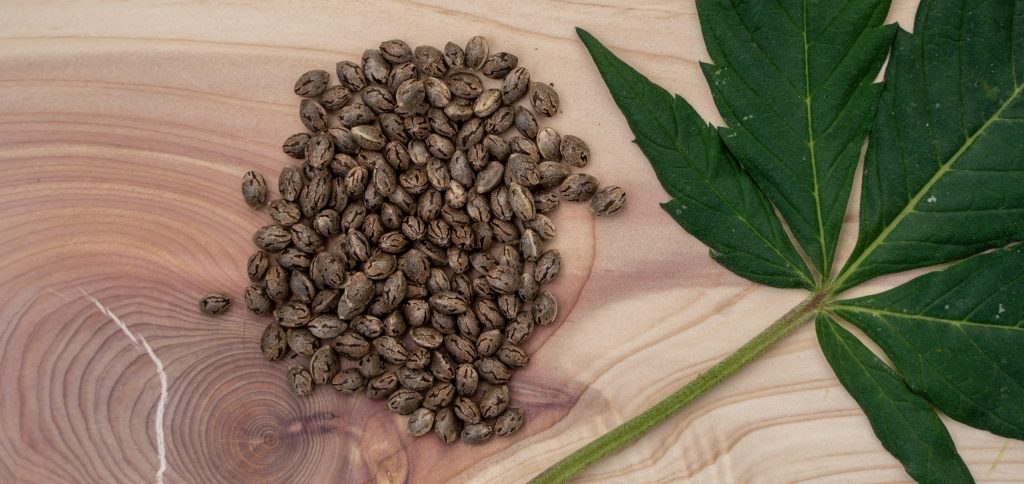
Seed
Starting from seed has its benefits. It is possible to find something that is unique, an exquisite flavour profile that nobody else has.
However, a downside is that the process of finding a winner may take longer. This is because there is more variability when growing from seed.

Pre-Validated Clones
On the other hand, pre-validated clones can have a higher upfront cost. This is due to the fact that the process to select plants with ideal growth and production traits has already been done for you.
Starting with validated clones generally allows for a wider selection of strains.
This method helps identify which plants best fit your existing cultivation protocols. Large-scale producers often prefer this option. It allows them to incorporate new genetics into their production rotations more quickly.
In conclusion, selecting the right cannabis genetics is essential for maximizing yield and quality in solventless extraction.
By making informed choices, producers can enhance their output without changing their processes. In turn, this ensures consistency in their production.
Stay tuned for the next blog post in this series. We’ll explore how to cultivate genetic selections, the choice between seeds and clones, and identify which traits to evaluate before harvest.
Want to quickly optimize your processes? Our expert team offers a range of consulting services.
